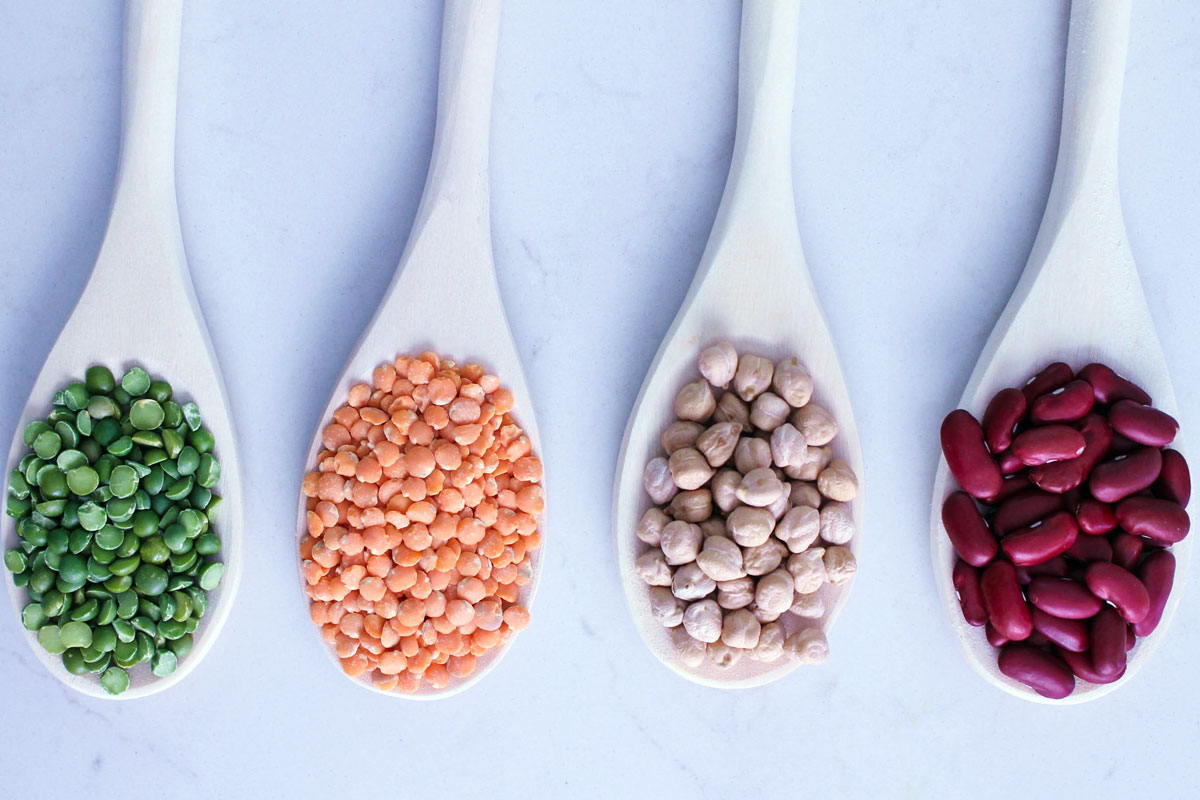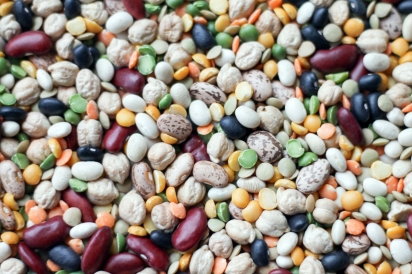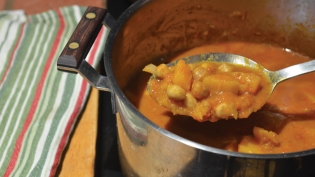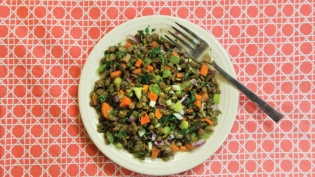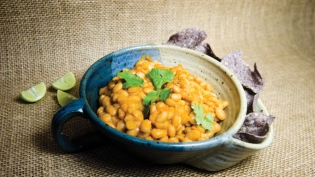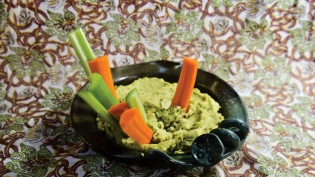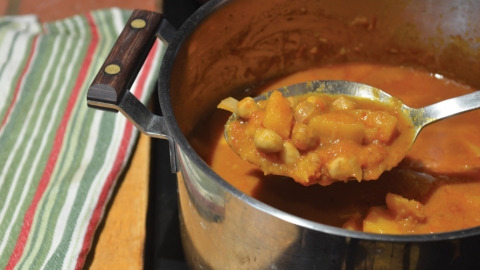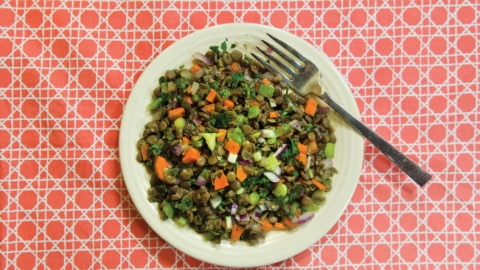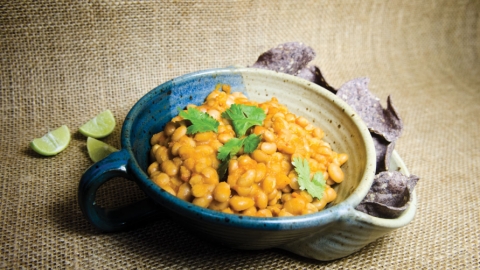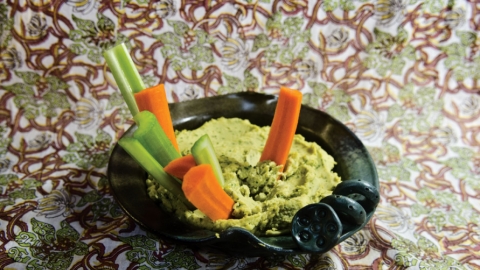Pulse Power
Ellen Kanner is big on beans. In this International Year of Pulses, Kanner, a noted vegan writer on food and nutrition at Soulful Vegan, wants to spread the word on all the reasons pulses – dry peas, beans, lentils and chickpeas – are good food.
“The whole world has been celebrating with pulse feasts, pulse-centric events and I thought, hey, if anyone belongs in the game, it’s South Florida. Our diversity of cultures is bean-rich. We’re talking Cuban black beans, Haitian red beans, Caribbean pigeon peas and black-eyed peas that star in the Southern staple, hopping john,” Kanner says.
“Pulses have protein, fiber, iron, amino acids, everything we need in one tiny package, and they’re always naturally gluten-free. Their fiber content means they digest slowly, so they stabilize blood sugar, so they’re great for diabetics. They’re soluble fiber, so they suck up cholesterol,” she says. And best of all – they’re deliciously versatile in ways that go beyond frijoles negros.
“The thing is, from classic Egyptian ful to New Orleans RBR (red beans and rice), every culture has a bean recipe to that fills the belly and stretches the budget. Bean burrito, hummus, dal (curried lentils), Tuscan white beans with rosemary, even black bean brownies – there’s a million ways to enjoy pulses,” she says. “They’re so versatile, I call them the little black dress of cuisine. However you enjoy them, they’re a super-satisfying meatless choice and a great way to celebrate October: Vegetarian Awareness Month.
Pulses please the bean counters, too. “A serving of lentils costs about a dime. Compare that to $1.50 for a serving of beef,” she says. Growing a pound of beans requires a tenth of the resources it takes to produce a pound of beef, making them sustainability stars. “Before pulses nourish us, they nourish the planet. They have little nodules on their roots that take in nitrogen and fix it in the soil -- they’re natural fertilizer. They make better soil. They’re drought, frost and heat tolerant, low carbon, low water, high yield,” she says.
Let’s not dismiss this as a hill of beans. The global impact of pulses on the planet is considerable. “There’s well over 7 billion of us on the planet now,” Kanner says. “By 2050, we’ll have a population of 9 billion. And we all need to eat. Beans make it possible to feed everyone, and to feed everyone well.”
Take the Pulse Pledge
Commit to eating pulses once a week for 10 weeks – and find lots of recipes along the way by taking the Pulse Pledge.
More on Pulses
Beans – A Handful of Magic ebook celebrates beans with easy plant-based recipes by Ellen Kanner. Find here.
Aquafaba – Sweet and Savory Vegan Recipes Made Egg-Free with the Magic of Bean Water by Zsu Dever includes recipes for everything from crepes, burgers, macarons, marshmallows and dairy-free cheese, ice cream and butter. Buy online or find in bookstores.


